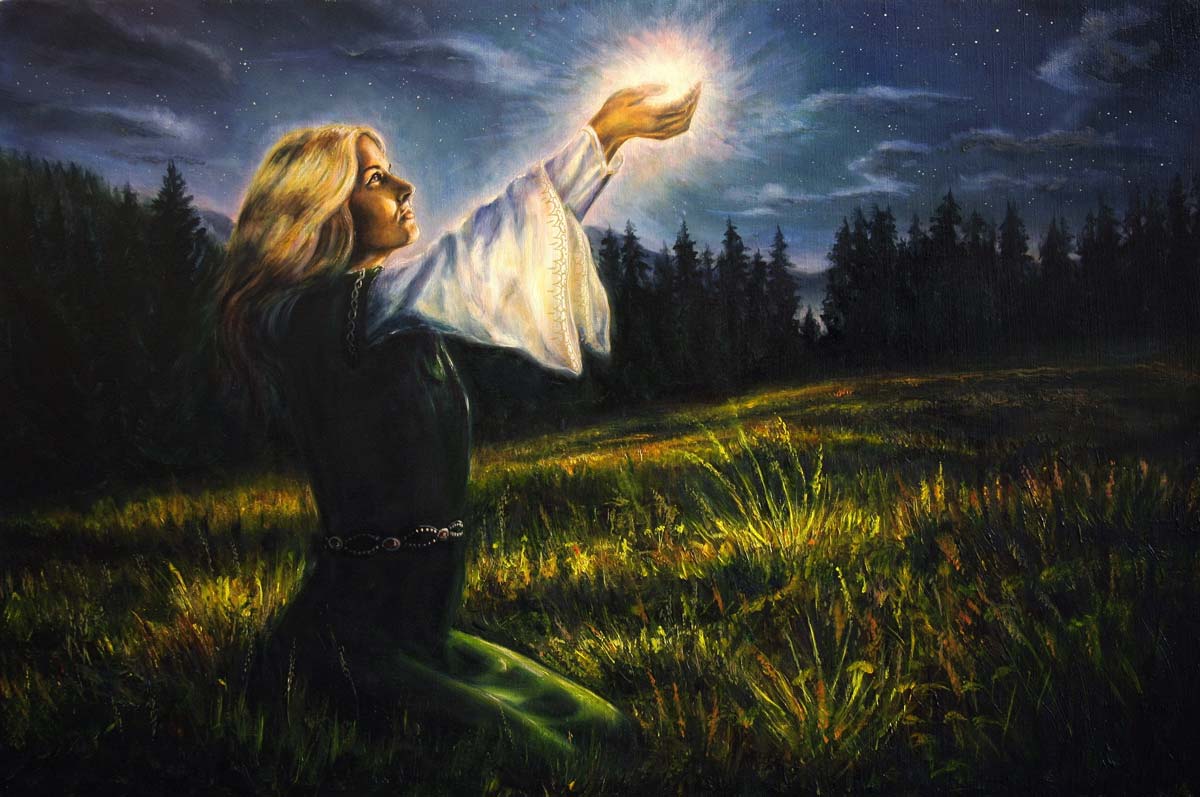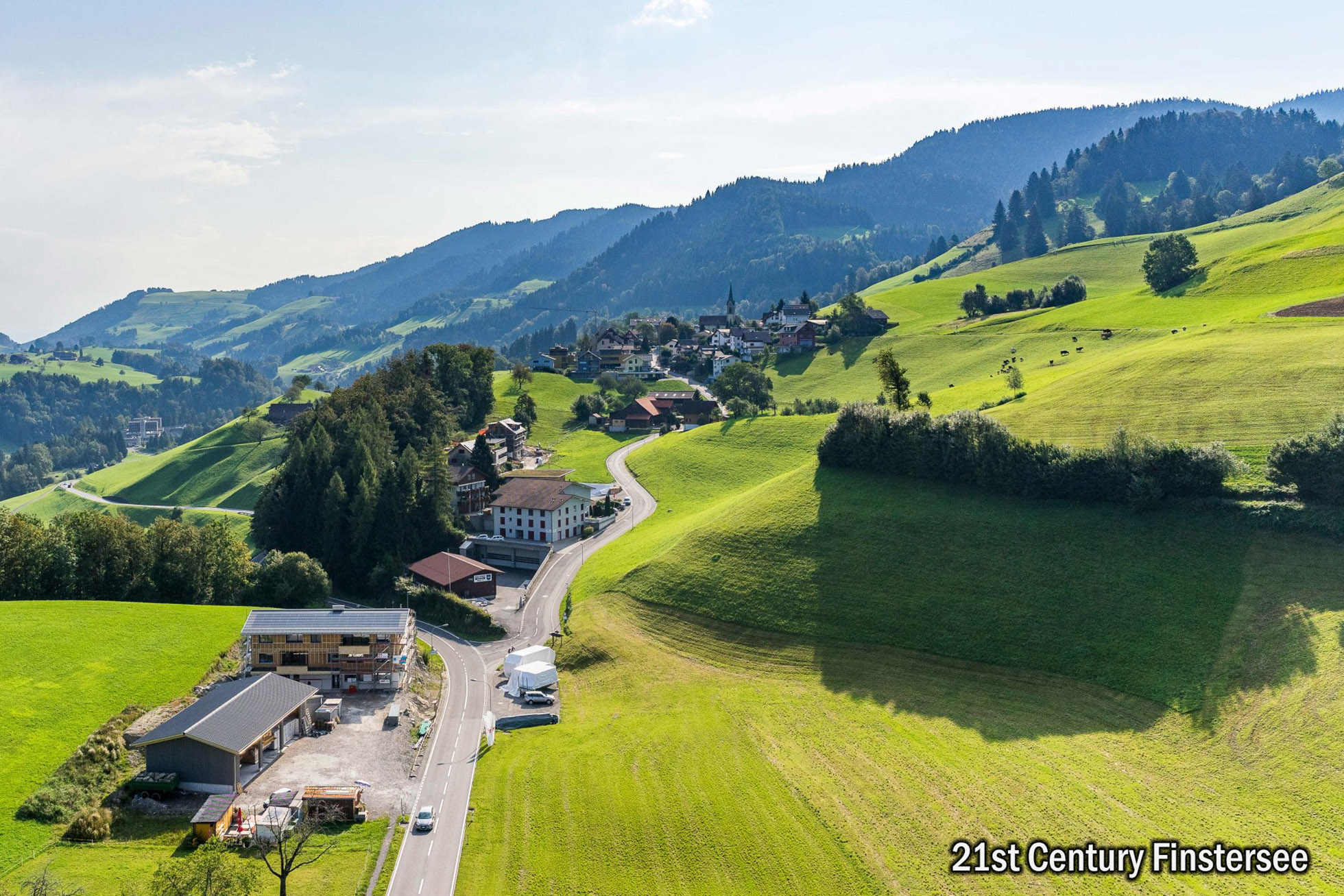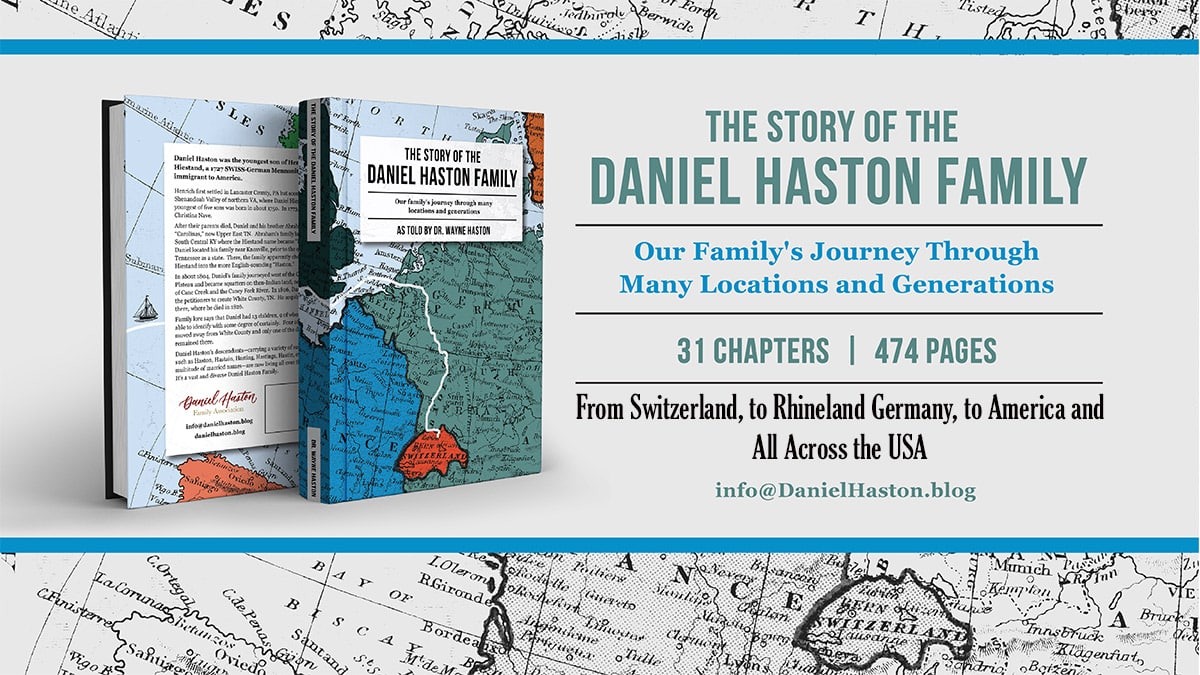14 - Were our Ancient Swiss Hiestands Spiritist-Pagans?
Although I can’t say for sure, it is probable, that our Medieval ancestors were pagans who lived in a high-mountain area of what is now the northern edge of Canton Zug, Switzerland. Our June 2023 Hiestand-Haston tour group will visit this area.

The (Swiss) hills were alive with the sounds of witchcraft and black magic!
Many centuries before Julie Andrews and the 1965 “The Sound of Music” movie, the mountains of Switzerland were alive with very different sounds–the sounds of sorceries and incantations.
In ancient Rome a person living in a rural area or village was called paganus. When Christianity became generally accepted in the towns and cities of the empire, paganus (English, pagan) was used to refer to a villager who continued to worship the old gods. “Old gods” paganism was common throughout Europe even after Christianity was introduced and spread. As Christianity began to take root in Switzerland in the 4th century and following, pagans retreated to the highlands to avoid the control of the State and the influence of the Church.
We know that our earliest known Hiestands originated from near the village of Hutten, just below a highland area known as Gottschalkenberg. This broad crescent-shaped, soft-topped mountain south of Wädenswil and Richterswil was a center of ancient paganism at an elevation of 3,816 feet.
Although you may read that Gottschalkenberg literally means “God’s servant,” schalk conveys the idea of some kind of foolery, so it translates to something like, “The mountain of God’s joke”[i] or “The mountain of God’s fools,”[ii] probably referring to the foolish pagans who lived there.
[i] Nicole Billeter, email to Wayne Haston, June 15, 2021.
[ii] Ross Baughman, email to Wayne Haston, April 8, 2021.
Gottschalkenberg within the northern boundary of Canton Zug, overlooking Lake Zürich and the mountain side down to the lake’s south shore.

From some of the early inhabitants of Finstersee, a village near Gottschalkenberg, a myth emerged to try to explain the origin of Gottschalkenberg. It’s just one of many magical myths from the Gottschalkenberg area.
In misty, long-agos, the first humans to settle Finstersee (just 4.7 km above Hutten) cleared the land, planted their gardens and baked their first bread. Their lives proved so good that soon a crop of children crowded the only spots big enough and flat enough for play. One from among them drew the lott, and was obliged to petition the gods for more land.
“Then clear more land! Cut the trees and dry out the swamps,” came back the only answer they got.
This advice solved their needs for a while, but when it could no longer, another envoy went out looking for the king of the devils, ready to make a deal with him.
He was glad to hear their pleas and promised to fulfill their wishes. He sent a whole troop of little devils to the top of Gottschalkenberg, where they tunneled inside it, and with their shoulders, lifted up. The settlers of Finstersee hugged each other, drank themselves silly and danced with delight, for by stretching new hillsides into the land, more acres belonged to them now and could be put to work. The people swore their thanks and fidelity to the devil, but only learned later how much harder the work would be in every way for every day of the rest of their lives.[i]
[i] J. Ross Baughman, The Chains Rejoined, 18-19.

In time, some of these pagans probably came into contact with Christians and were converted to Christianity. They came down from the highlands to the south shore of Lake Zürich, four and a half miles as an eagle flies. They purchased hereditary rights to farm land, from the Catholic Knights of St. John, and worked in the old Wädenswil Castle and began to settle around the castle in Wädenswil and Richterswil.
Our June 2023 Hiestand-Haston Tour Group Will Visit Beautiful Gottschalkenberg
Gottschalkenberg overlooks Lake Zurich, from the south. The bunkers you see in the video were built there to protect Switzerland from enemy aircraft during World War II. Amazingly, Switzerland was able to maintain its neutrality during the war and avoid bombardments by Nazi Germany and its allies.

